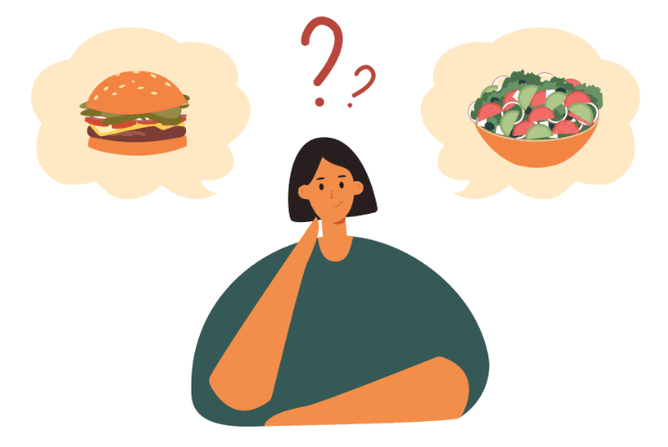In today’s world of supersized meals and all-you-can-eat buffets, understanding portion sizes can be a challenge. While eating a balanced diet is essential, eating the right amount is just as important for maintaining good health. Recognising portion sizes can help you reduce food waste, improve your relationship with food, and manage your weight.
One simple and effective way to estimate portion sizes is by using your hands. Your hands are always with you, making them a convenient guide for portion control wherever you go. Let’s dive into how you can use this practical tool to measure your meals.
Why Portion Sizes Matter
Eating too much, even of nourishing foods, can lead to unintended weight gain and other health issues. On the other hand, eating too little can leave you feeling fatigued and undernourished. Understanding portion sizes helps you strike the right balance by giving your body what it needs – no more, no less.
Using Your Hands to Measure Portions
1. Protein: Palm, hand or Fist size
Your palm (excluding fingers) is a great guide for lean protein, like chicken, pork and beef.
Your whole hand (including fingers) is the amount of fish you would have in 1 serving.
And for Beans and tofu aim for around the size of your clenched fist size.
2. Carbohydrates: Fist Size
Your clenched fist represents a good serving of carbohydrates, such as cooked pasta, rice, quinoa, or potatoes.
3. Vegetables: Two Hands Cupped
Fill two cupped hands with colourful vegetables like leafy greens, broccoli, or carrots. This helps ensure you get enough fibre, vitamins, and minerals.
4. Fats: Thumb Size
A serving of fats, such as olive oil, butter, nut butters, or seeds, can be measured using the size of your thumb.
5. Snacks: One Handful
For snacks like nuts, popcorn, or chocolate, use one cupped hand to as a guide. This keeps portion sizes reasonable while still allowing for enjoyment.

